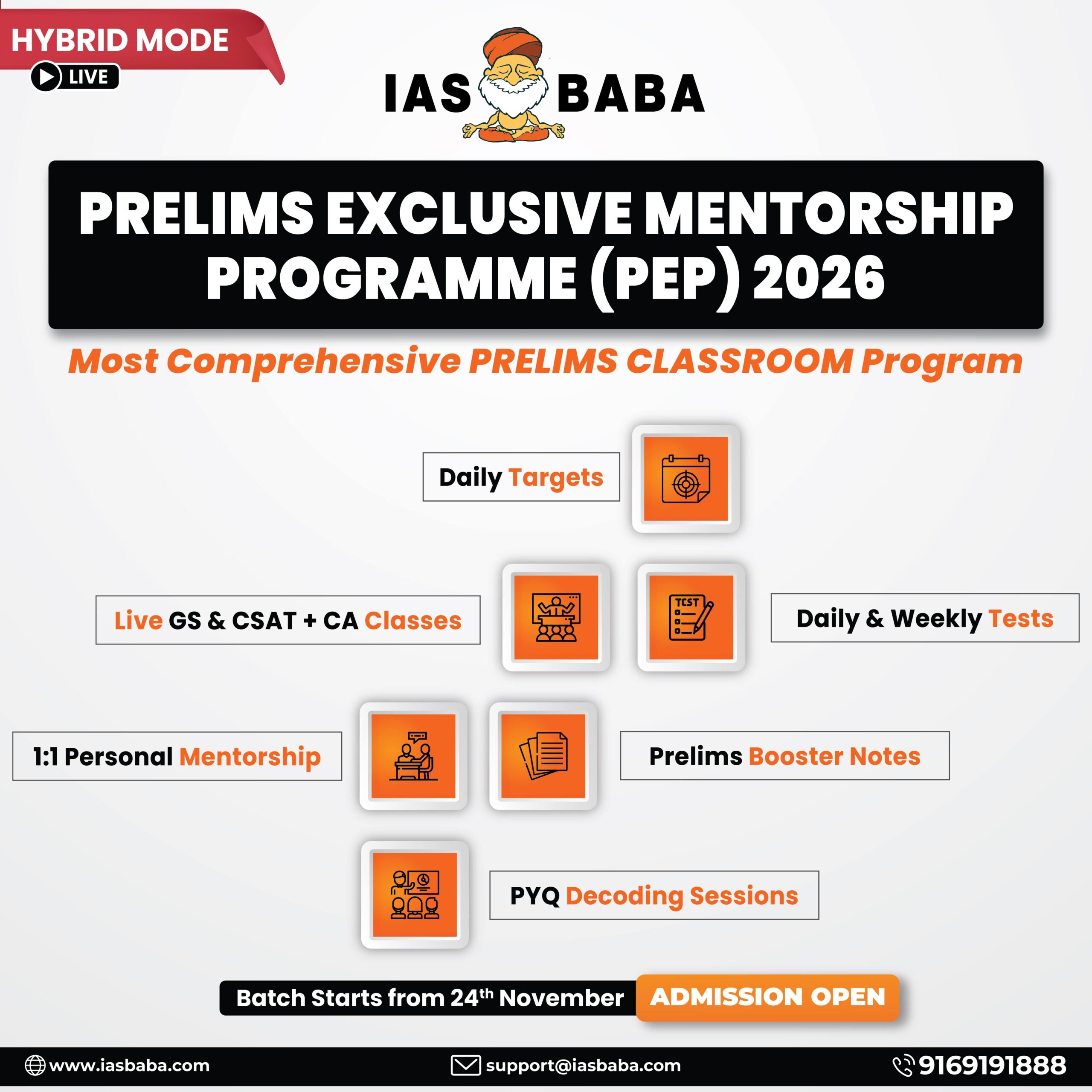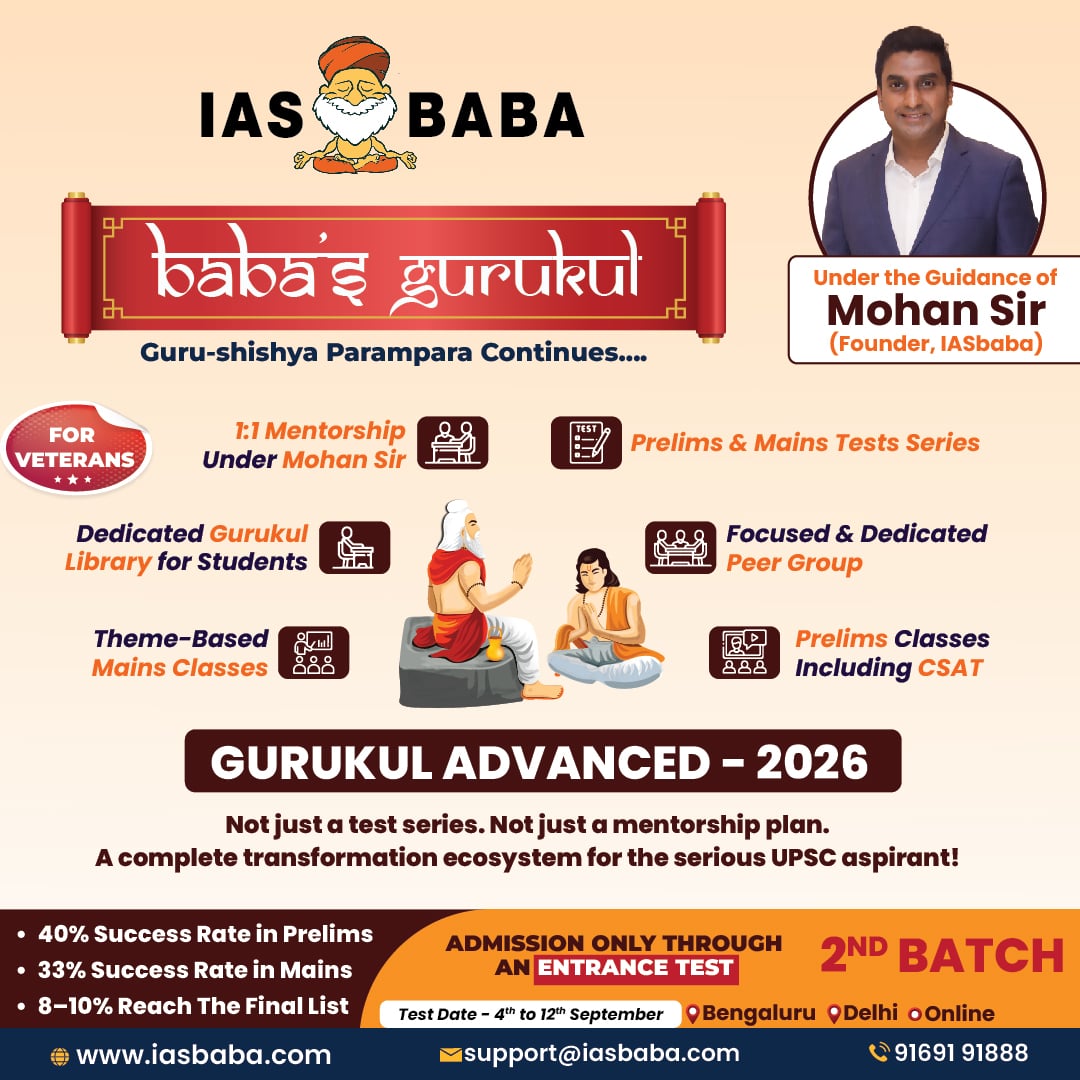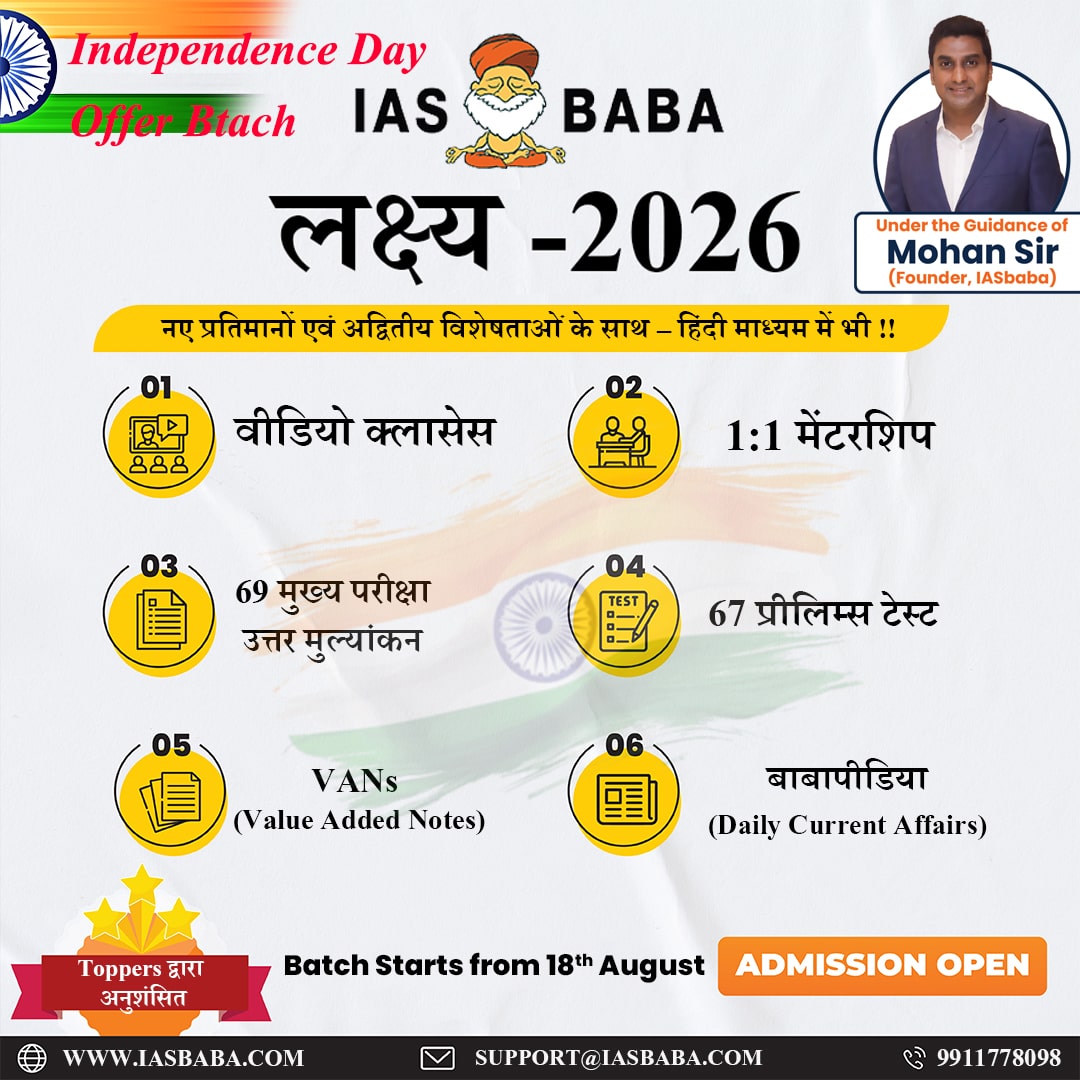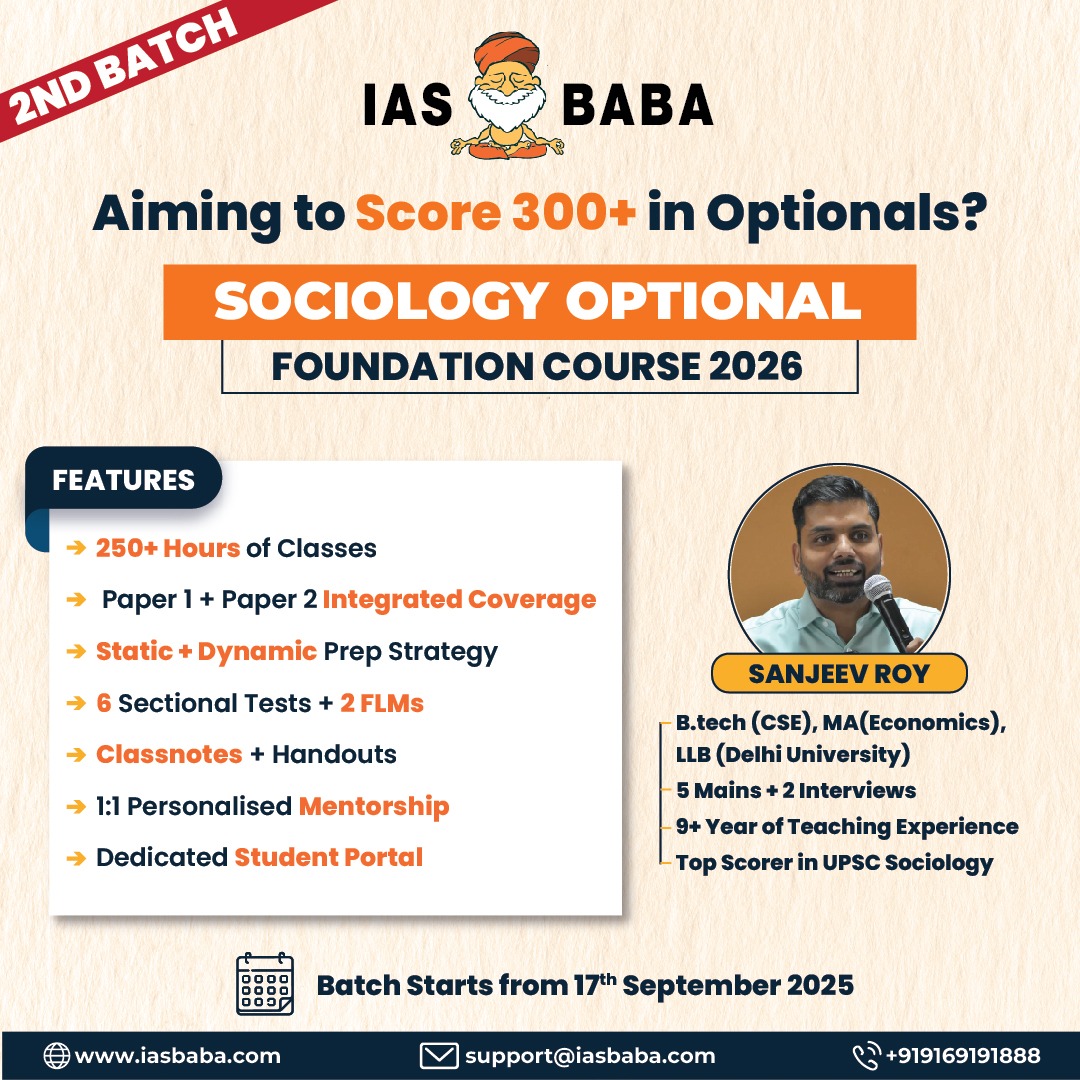Indian History & Post-Independence, TLP-UPSC Mains Answer Writing
Q.1. “The Gupta period is often termed the ‘Golden Age’ of Indian literature and art”. Discuss the major contributions of the Gupta age to the development of classical Indian aesthetics.” (150 words, 10 marks)
Introduction
Historian R.C. Majumdar called the Gupta age (4th–6th century CE) the “Golden Age” because of its great progress in art, literature, and learning. Under kings like Chandragupta II, India saw a cultural revival that shaped classical Indian culture for generations.
Body
Major contributions to classical Indian aesthetics
- Kalidasa, the greatest classical poet and dramatist of the time, wrote Raghuvamsha, Kumarasambhava, and Abhijnanasakuntalam, which are known for their use of rasa, vivid nature descriptions, and refined courtly imagery.
- Bhasa and Sudraka also contributed to Sanskrit drama with plays like Svapnavasavadattam and Mrichchhakatika, focusing on emotions, ethics, and social life.
- Sanskrit became the cultural language of the elite and was used in inscriptions (e.g., Allahabad Pillar Inscription of Samudragupta) and scholarly texts, enabling the spread of a unified aesthetic standard.
- Puranic literature, such as the Vishnu Purana and Bhagavata Purana, was codified, integrating mythology, bhakti (devotion), and symbolism that shaped temple iconography and performing arts.
- Aryabhata’s Aryabhatiya and Varahamihira’s Brihatsamhita were written in verse, showing that scientific knowledge was composed aesthetically in classical Sanskrit style.
- Temple architecture developed structurally, with the Dashavatara temple at Deogarh showing early Nagara features, including shikhara, square sanctum, and symbolic Vishnu panels.
- Sculpture reflected spiritual idealism, seen in the Sarnath Buddha (gupta style) with calm expressions, subtle detailing, and precise posture (e.g., dharmachakra mudra).
- Murals at Ajanta Caves (especially Cave 1, 2, 16, 17) depicted Jataka tales, Bodhisattvas, and royal life with grace, movement, and expression — using natural pigments and skilled shading.
- Standardisation of iconography occurred through texts like the Agamas and Shilpa Shastras, defining deity proportions, postures, and hand gestures.
- Performing arts drew from Bharata’s Natyashastra, with rasa theory and bhava forming the base for classical dance forms like Bharatanatyam and Koodiyattam.
Conclusion
The Gupta period left a lasting cultural legacy by combining art, literature, and spiritual ideas into a well-rounded aesthetic framework that shaped Indian tradition for centuries and still inspires modern art forms.













